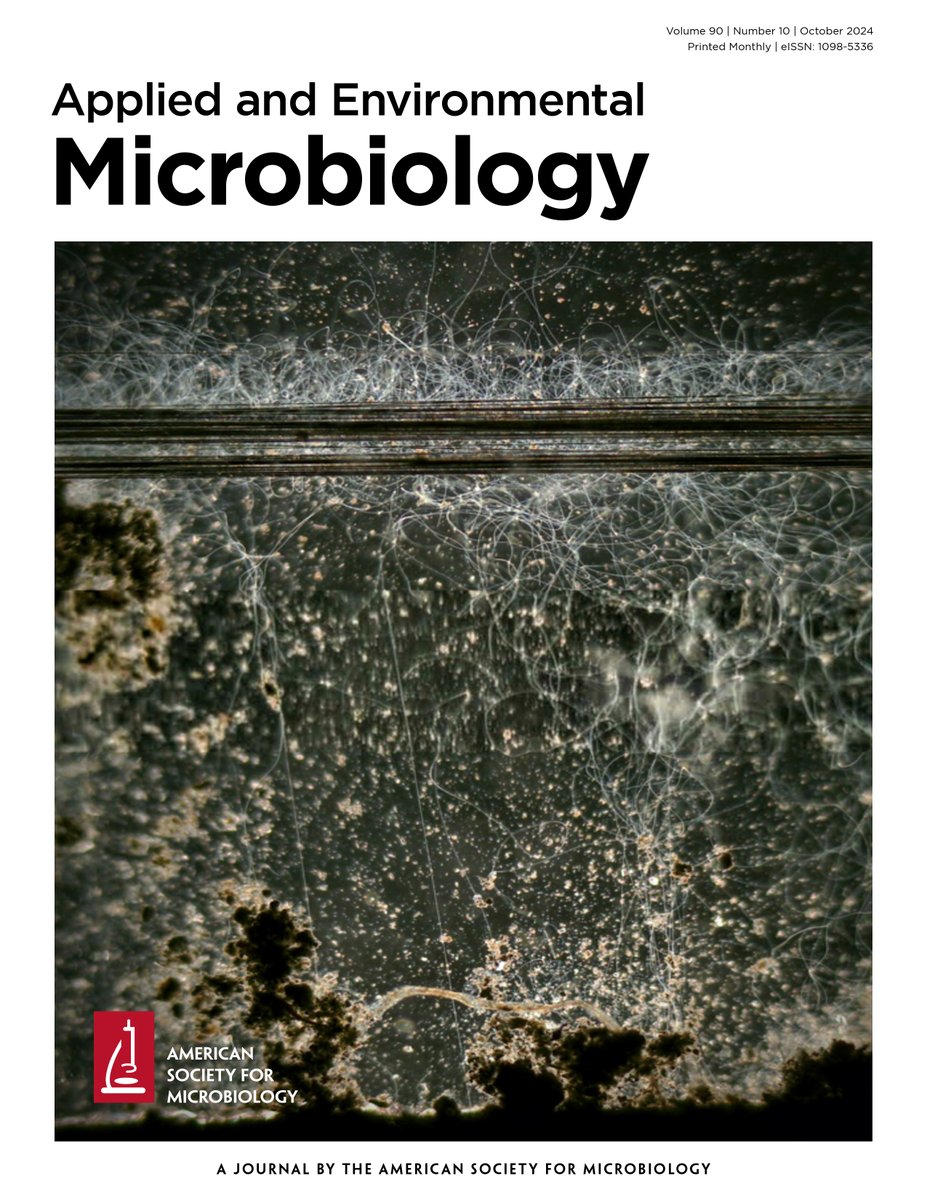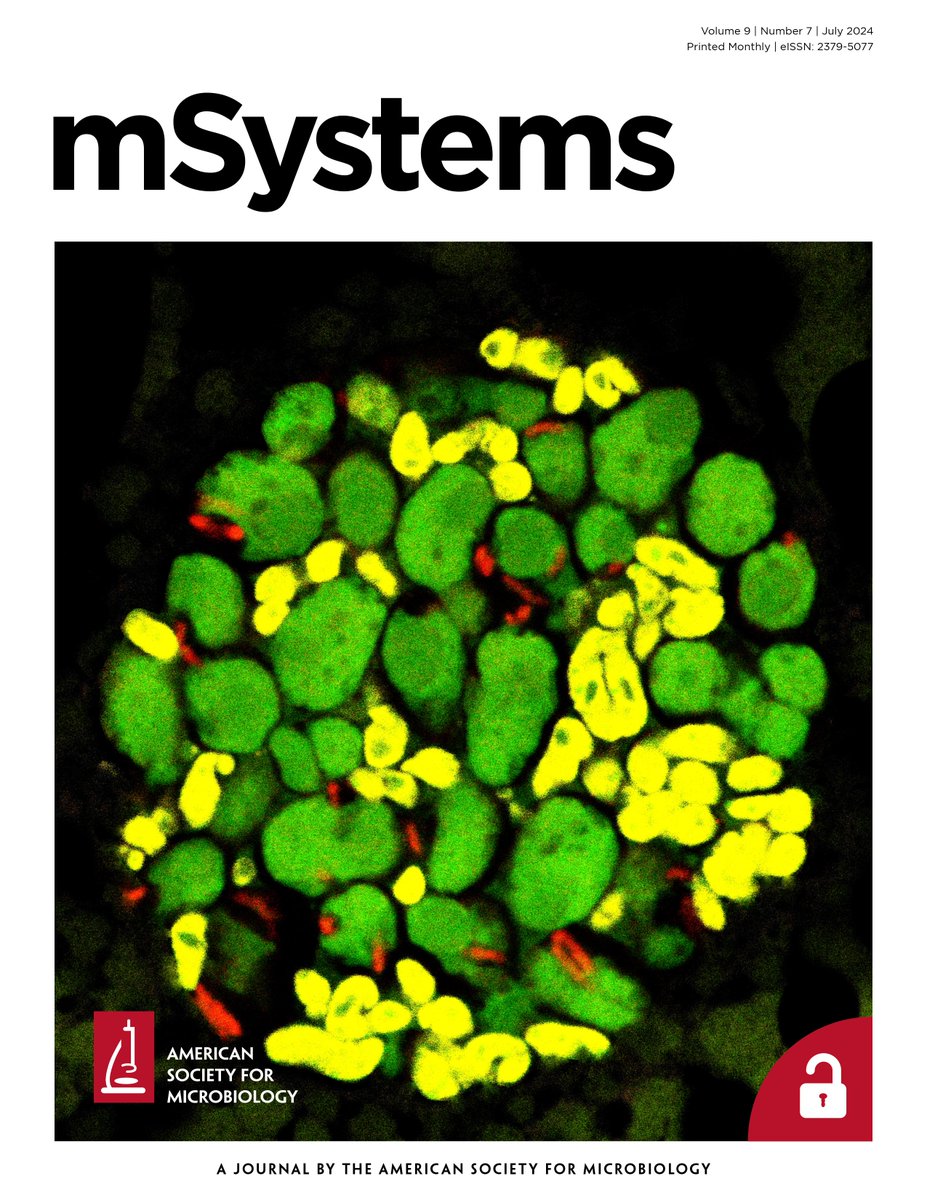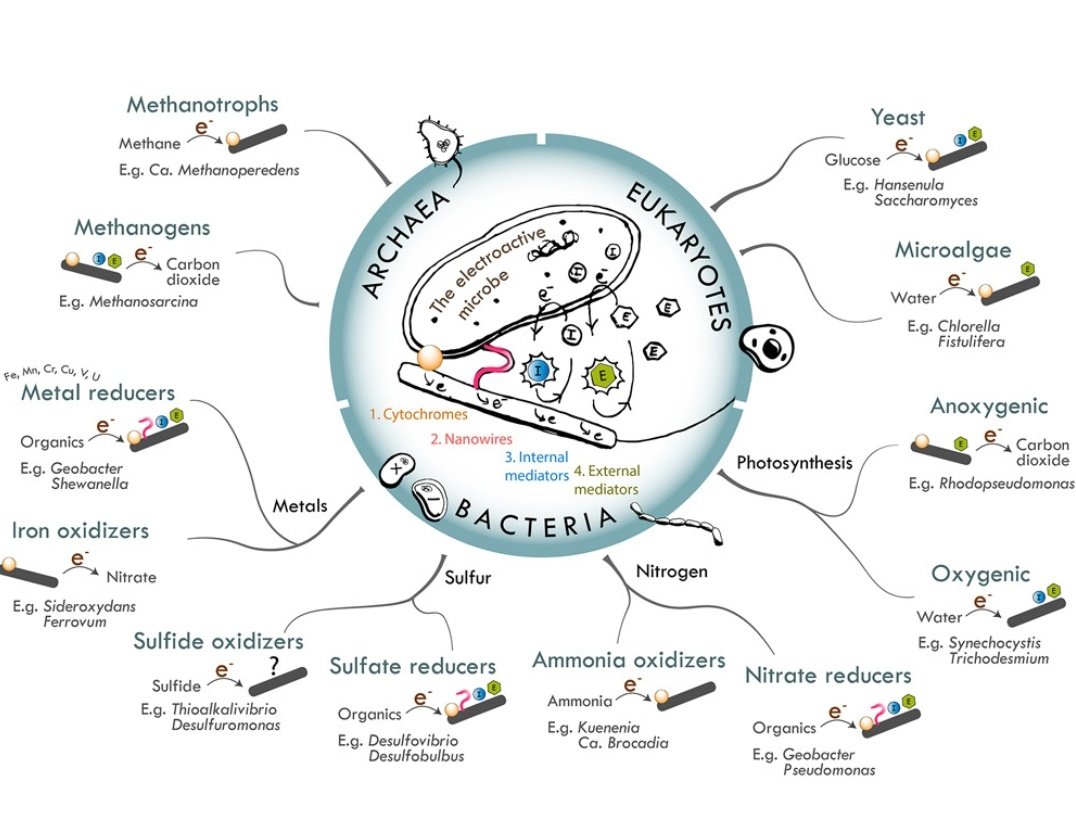
M
@martalidiasu
ID: 2955709709
01-01-2015 23:28:03
251 Tweet
436 Followers
471 Following

This, my first lead author paper, is a concoction of hard work, putting myself "out there" and asking others for support. Big thanks to my co-authors Artur Zaduryan Niels Waldmann, Lydia Rachbauer go.nature.com/3wtZV0g #Hydrogen, #BioMethane, #EnergyStorage

Masterpiece manuscript from Stefanie Imminger, @DimitriMeier and Dagmar Woebken on how desert soil microbes resuscitate following hydration at a species-resolved level. Evidence for key roles for both phototrophs and hydrogenotrophs. nature.com/articles/s4146…

Fantastic talks, great interactions, and a lot of fun: The 13th INTIME Meeting of Team Aalborg Universitet & Team Aarhus Universitet together with members of the Centre for Microbiology and Environmental Systems Science of the Universität Wien and the Cluster of Excellence 'MicroPlanet' Cluster of Excellence.
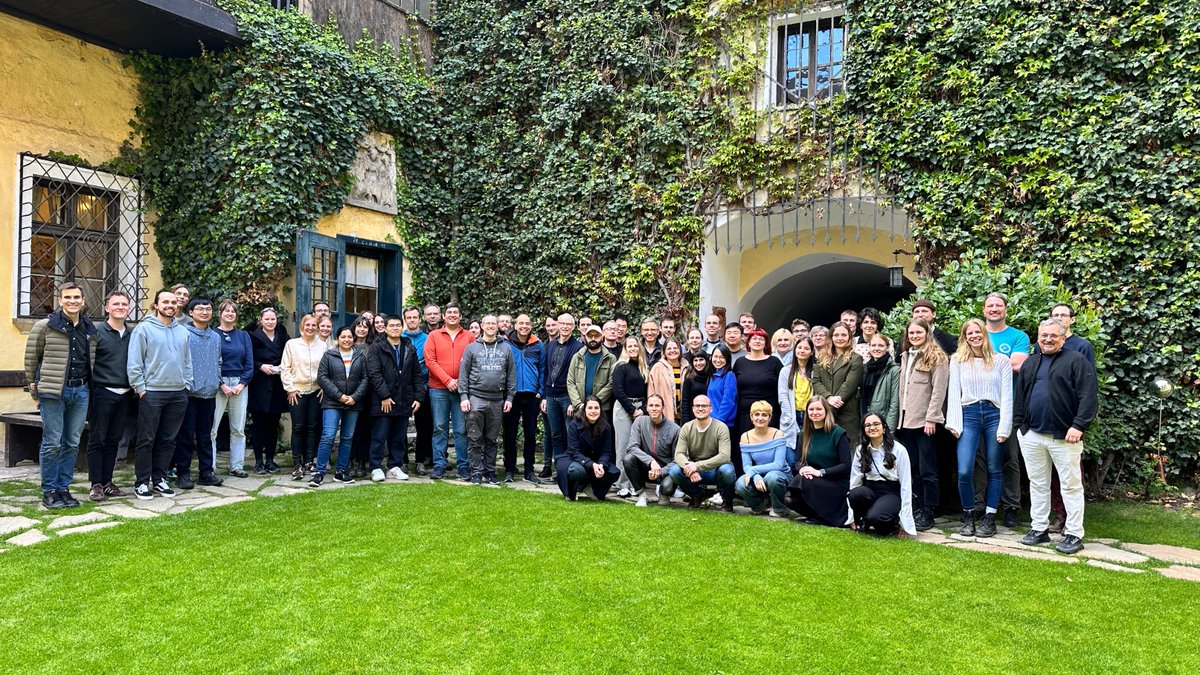

Ghost shrimps burrow sediments near cold seeps, altering chemistry and microbial life over large areas. Fascinating microbiology happens in burrows. Do these shrimp grow giant sulfur bacteria for food? Dariel Admilson The Leon H. Charney School of Marine Sciences Or M. Bialik The Applied Marine Exploration Lab egusphere.copernicus.org/preprints/2024…
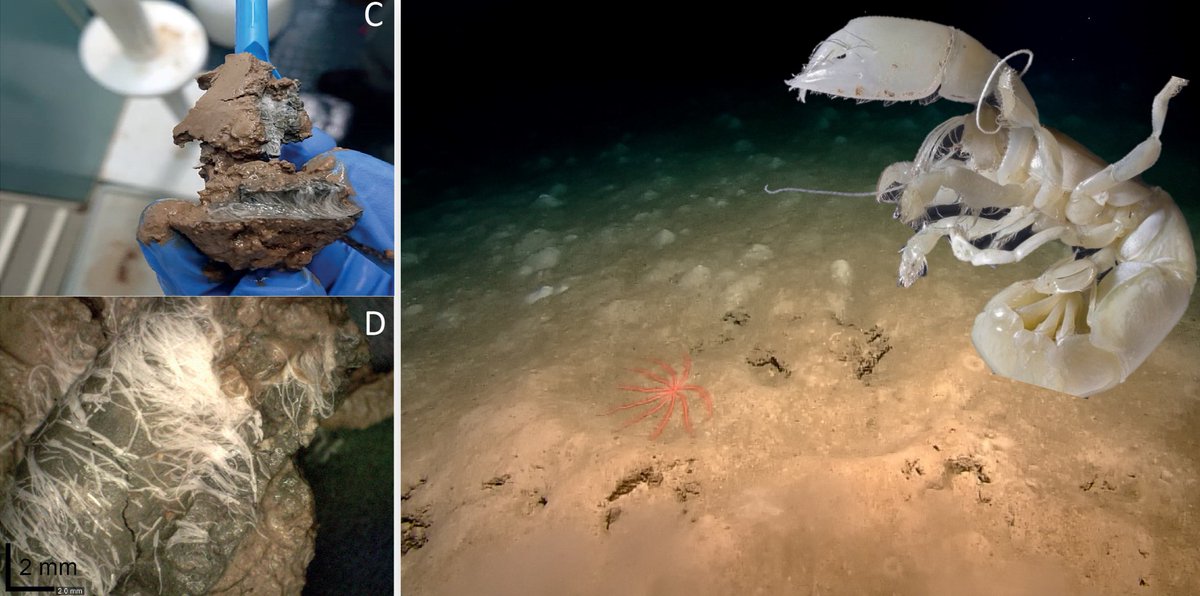

🔬Science should be shared! We have built an open-access web repository for microbiological Raman spectroscopy data which establishes a set of standards for data reporting to ensure reproducible measurements. Read more in Nature Microbiology rdcu.be/dHdtK
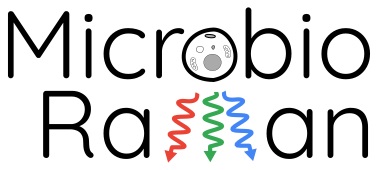

I'm delighted to announce that our latest publication is out (and, like nearly every paper from our lab, is open access)! In this paper, Dr. Jessica Mitchell Jessica Mitchell and our colleagues reveals how the sulfur-oxidizing symbionts use their TWO carbon fixation pathways and

What a crowd 7th. Intern. #CableBacteria Workshop w 54 participants 🤩 lined up in 🇩🇰 from >13 research institutes e.g.: TU Delft, VUB, Forschungszentrum Jülich | @[email protected], Foshan University, Guangdong Academy of Science, Universiteit Hasselt, NOVA , JMU, UAntwerpen, University of Cyprus, USC, Aarhus University
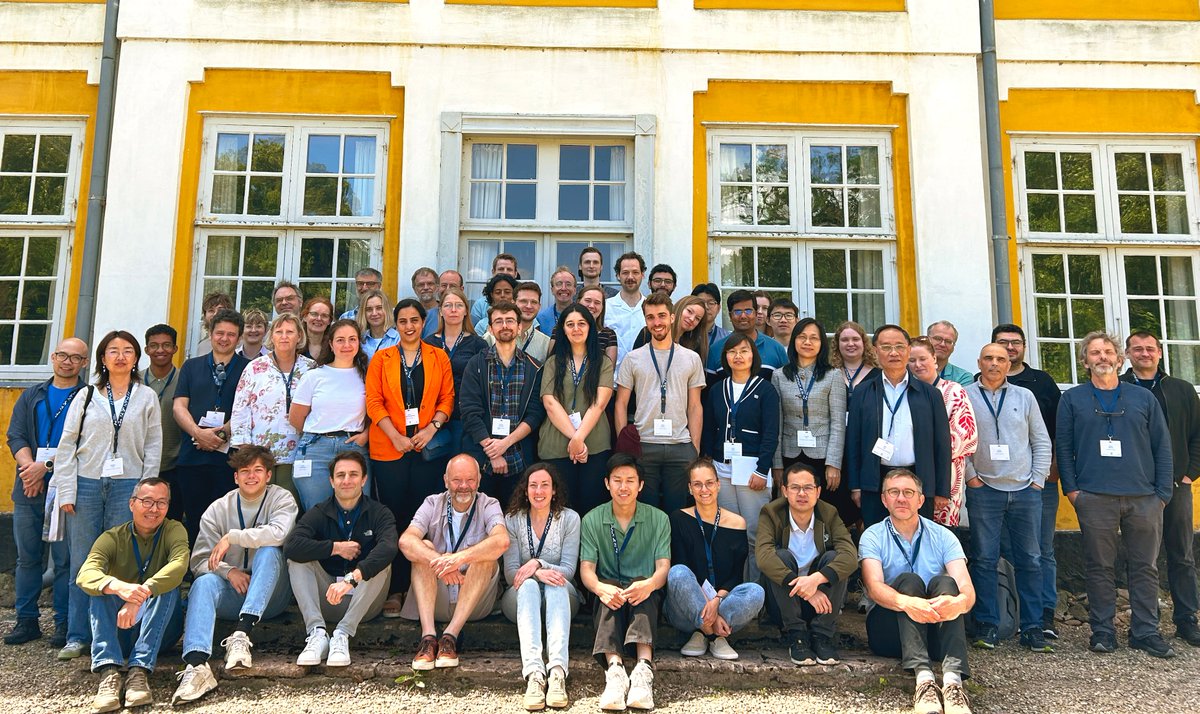

Natural experiments, like the closure of the Isthmus of Panamá, can reveal the fascinating mechanisms of bacterial evolution. Our new paper shows how horizontal gene transfer helped chemosynthetic symbionts survive in the Caribbean Sea after this event. journals.plos.org/plosgenetics/a…
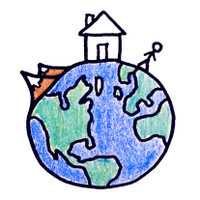


Multicellular magnetotactic bacteria are genetically heterogeneous consortia with metabolically differentiated cells PLOS Biology from @environmicrobio journals.plos.org/plosbiology/ar…

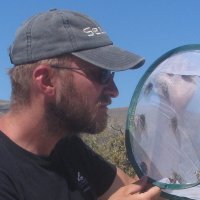

Pleased to share our work on interactions of cable bacteria with electrodes, published in AppEnvMicro journal journal. Great collaboration with Robin Bonné, Ugo Marzocchi, Lars Peter Nielsen and others at Center for Electromicrobiology. My sincere thanks to all coauthors. Link: journals.asm.org/doi/10.1128/ae…



Pleased to share our perspective article. We look at the prevalence, mechanisms and the diversification of microbial electroactivity across the three domains of life and ask the question "Are all microbes electroactive?" Deeply grateful to @DigelLeonid and Robin Bonné for a fun
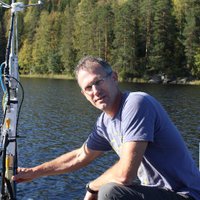
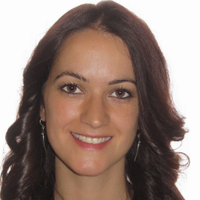

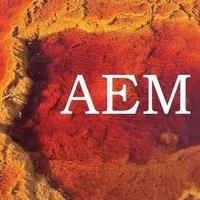
New AppEnvMicro journal issue is HERE! Beautiful and fascinating cover for this issue from Bonné et al. Filamentous, electric cable bacteria stretch from sediment and aggregate on electrodes. Robin Bonné Kartik Aiyer Center for Electromicrobiology Check out our October issue: journals.asm.org/toc/aem/90/10
